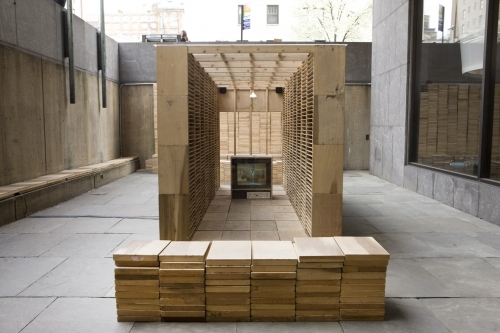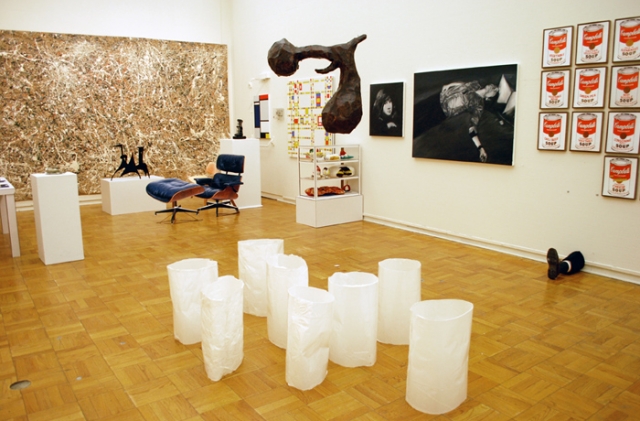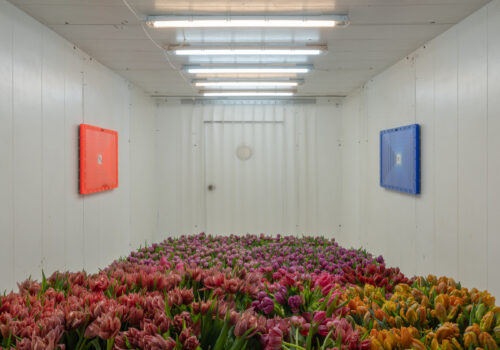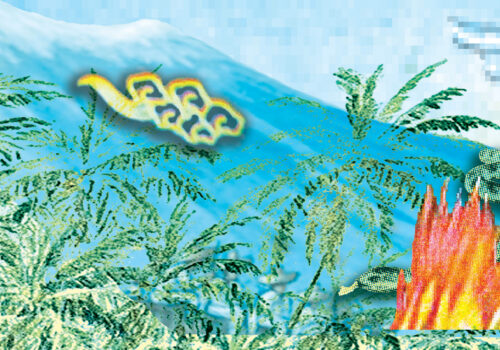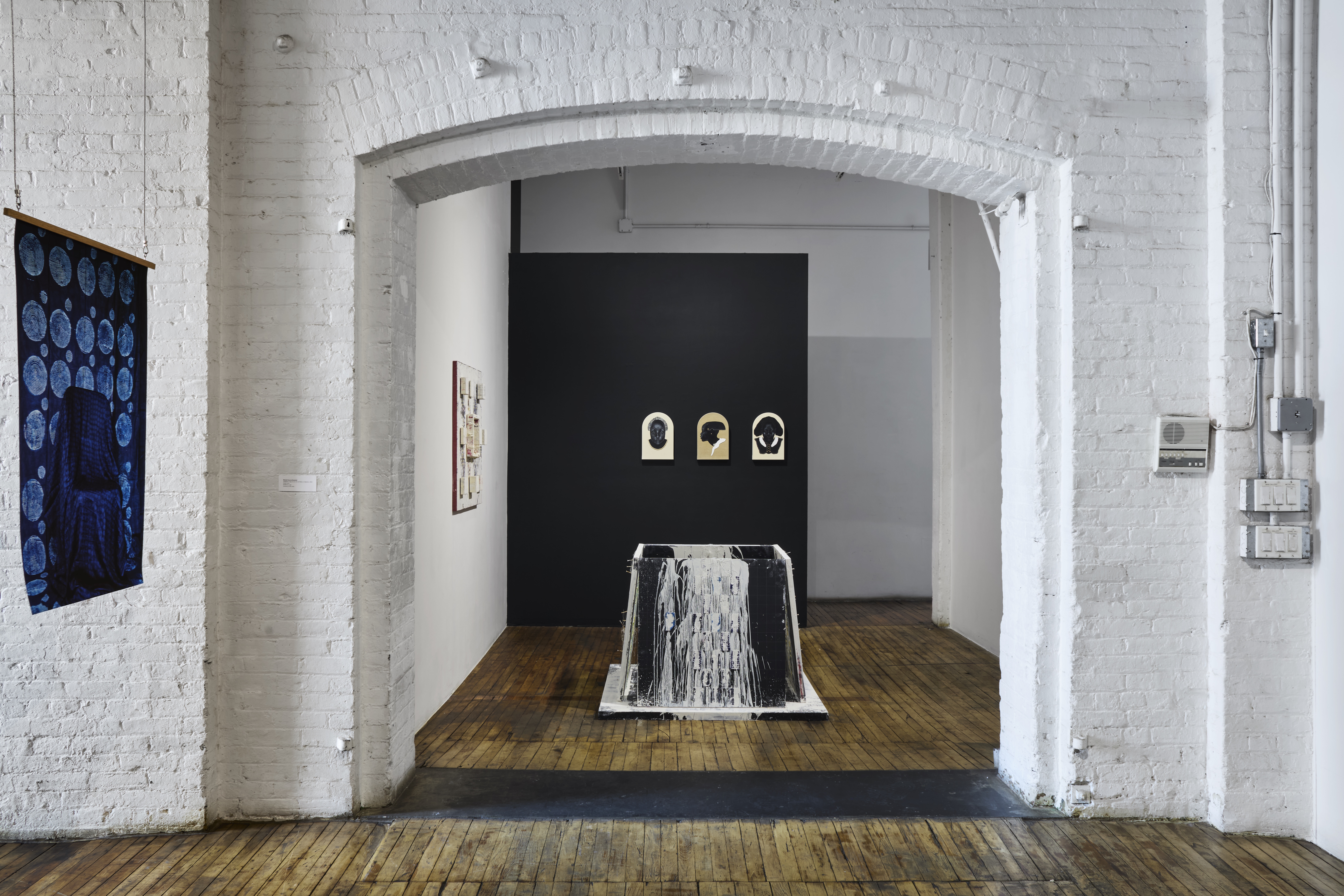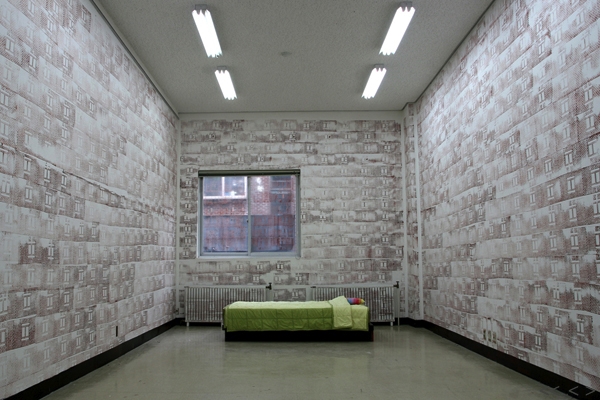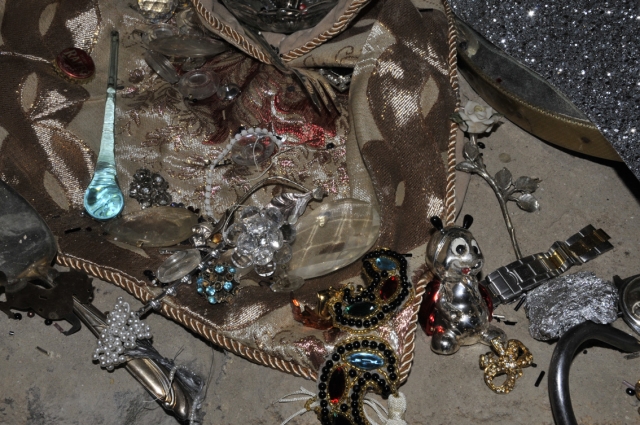ISCP TalkSeptember 21, 2010
Salon: Stephanie Syjuco (United States) and Theaster Gates (United States)
ON FORMS AND SOCIAL PRACTICES: ISCP Artadia Residents in performance and conversation
Stephanie Syjuco is a visual artist whose recent work uses the tactics of bootlegging, reappropriation, and fictional fabrications to address issues of cultural biography, labor, and economic globalization. Working primarily in sculpture and installation, her objects mistranslate and misappropriate iconic symbols, creating frictions between high ideals and everyday materials. Her work has been shown internationally, including P.S.1, the Whitney Museum of American Art, SFMOMA, the Museum of Contemporary Art San Diego, the Contemporary Arts Museum Houston, the California Biennial, and the Frieze Art Fair, among others. Upcoming shows include Shadowshop at SFMOMA, an alternative gift shop addressing issues of capitalism and distribution, Particulate Matter: Things,Thingys, Thingies, a solo exhibition at Gallery 400, University of Illinois, Chicago, and a large-scale installation at Columbus Museum of Art, Ohio.
In his performances, installations, and urban interventions, Theaster Gates — an artist, musician, and ‘cultural planner’ — transforms spaces, relationships, traditions, and perceptions. Exploring architecture as a tool for mediation and meditation, Gates draws from both urbanism and art to provide what he terms ‘moments of interstitial beauty’. Gates’s work has been exhibited widely. In 2010 alone, he has performed and exhibited at the Whitney Biennial and the Armory Show in New York, the Milwaukee Art Museum, the Pulitzer Museum of Art in St. Louis, and the Contemporary Arts Museum in Houston. Upcoming projects include solo shows at the Aldrich Museum, Ridgefield, and the Museum for Contemporary Art, Detroit. Gates is a 2010-11 Loeb Fellow at Harvard Graduate School of Design.
